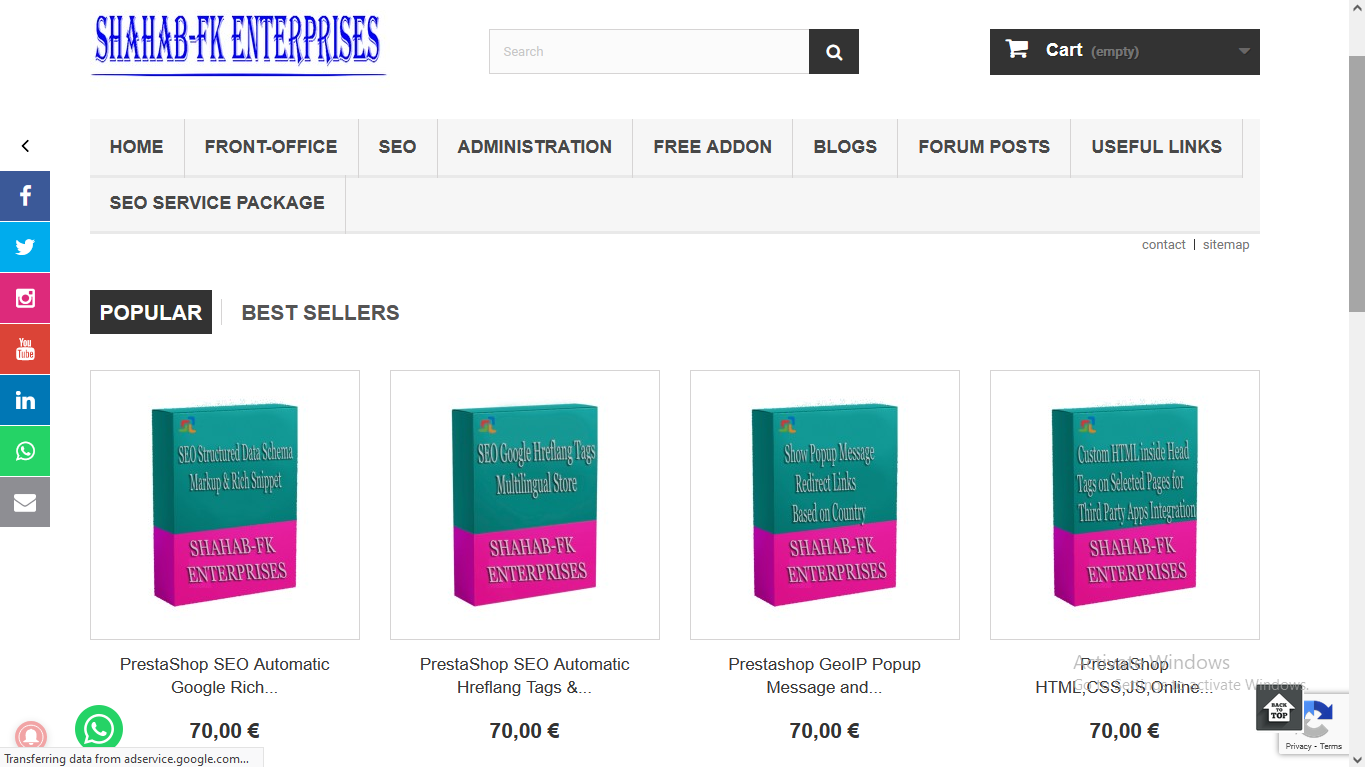The Emergence Of Responsive Web Design When it comes to web design, you should know how important it is to stay on top with new trends. It’s important to see what everyone is doing and where future design is going so that you are not left behind. One trend, known as responsive web design or “RWD” is becoming “the trend.” This type of design helps designers create websites that will work on every screen no matter the size. Here’s some more information on this up and coming trend.
Responsive web design is an approach that designers use to create the best web viewing experience they can. It entails creating sites that are easy to read, navigate, resize, pan, and scroll on a wide selection of devices. This means that you should be able to easily read and use these sites no matter if you are on a huge desktop monitor, a medium-sized tablet, or even on your smartphone.
How do these layouts work? They use flexibility. They are created using grids that are proportion-based instead of the traditional absolute-based grids using pixels or points. Everything from the layout to the images, and the text must all be able to “flex” on these grids.
The fluidity of the grid will “call” for certain sizing of page elements in percentages, along with any images to prevent displaying anything that lies outside the contained elements. Using media queries lets you use various CSS styles to create characteristics based on those of mobile devices, especially when it comes to the width of the browser and pages. There are also server-side components or “RESS” that are used with the client side components so that these media queries can load faster on smartphones and give the user a richer usable and functional experience.
These layouts, as you can see rely on both design and coding. CSS and JavaScript are going to add even more fluid functionality to already fluid layouts and elements to help nearly any user see a website the way it should be seen on nearly any sized screen on nearly any sized device.
These types of design, while incredibly useful must be planned out properly. You must research everything and know how everything is going to work on different sized screens. Consider the goals of your audience and why they would want to look at your site on different sized devices.
Consider the technical considerations using coding for complex functionality and whether they will work on the smaller devices. Create a wireframe template to get a feel for how things will move depending on the size of the screen. Lastly, you must create your layouts and test them until they appear how they are supposed to on all the screen sizes you anticipate.
This type of web design may become the norm of the future, but now it is exciting to see such flexibility and usability creating a richer experience no matter what you’re using to look at it with. Regardless, it is a trend that you should learn and be able to do yourself as many clients are asking for these designs.

